The stories around cyber attacks and system risks have been hard to avoid and seem to be only more prevalent as time goes by.
The insurance industry has been responding to these very real threats against businesses of all sizes with policies built to offer all-round protection.
But what does this protection look like, and how does it provide a buffer between your business and those who wish to do it harm?
The anatomy of a cyber insurance policy
There are several ways in which a cyber insurance policy can work, depending on your insurance provider. Here’s just an example of one package:
- Data damage control – Any data affected is assembled and analysed before preventative measures are put in place to prevent further leaks
- Legal support – Data legislation is strict, and the penalties for not adequately protecting customer or client data can be severe. Legal support within a cyber insurance policy provides the expert service of specialist lawyers, who will be ready to negotiate with regulators
- Communications – For instances where customer or client’s information has been compromised, a cyber insurance policy can support clear communication with the affected parties to explain the situation and offer any advice or remedial measures
Is this cover relevant to your business?
Any outfit which holds sensitive data has a website, or is reliant on digitally operated processes is vulnerable to a data breach or IT interruption which could affect their trade.
With this in mind, cyber insurance is relevant to almost every sector, from education and healthcare to retail and media.
Real life examples
It’s easy to distance yourself from the news stories of multi-million-pound strikes on global enterprises, but the following examples bring this world-wide-web problem a bit closer to home, showing not only the circumstances but also how these were remedied with insurance.
Malware vs. tech organisation
A government agency contacted a technology business to advise them that there had been a breach of their systems. Further investigation by the insurer’s forensic experts showed that there was a significant amount of malware, which was subsequently removed.
Under their insurance policy, the affected business was also able to access legal and PR support to manage the communication of the incident to their clients.
Claim total: £250k
The fake speeding ticket
Having been led to believe she had been caught speeding, the employee of an optician’s chain clicked on a link which supposedly contained a photo of this misdemeanour. This action infected the system with a virus which encrypted all the files on the server. The only thing standing between the organisation and the key to unlocking it was a Russian demanding £400 in Bitcoins.
The ransom was paid with the approval of the insurance provider. Lost revenue and additional IT contractor costs were also covered.
Claim total: £60k
The stolen passwords
A publishing company was informed that the user names and passwords from two of their websites had been stolen. IT forensic experts brought in by the insurance provider confirmed the breach and took measures to prevent further data loss. The publisher also took legal advice under their policy regarding communicating to the individuals that their login details had been compromised.
Claim total: £10k
Cyber protection – take the first step
As you can see, a multi-faceted cyber insurance policy in place can be very valuable as it’s designed to meet all the associated risks of a cyber incident.
Hiscox has created a guide to their Cyber and Data Insurance cover which you can access here.
You can also use Hiscox’s electronic proposal form which allows you to see what protection is available and how much it costs – you can access this form here.
If you’re concerned about recent ransomware attacks and want protection for your business, complete the proposal form and return to the Chartered Brokers at Hine and we’ll arrange cover on your behalf.




